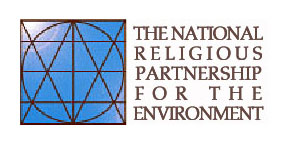The Global Center for Indigenous Leadership and Lifeways (GCILL) is an informal umbrella created to support short-term and long-term projects that educate and inform people about indigenous ways of knowing and wisdom for modern times—spirituality that raises human consciousness and harmonious relationship with Mother Earth. The focus of the GCILL has evolved over time first focusing on public speaking by sharing the message of wisdomkeepers (including the work of Ilarion “Larry” Merculieff), helping others and Mother Earth. They then focused on speaking engagements in order to help people create programs to discuss good dialogue surrounding difficult issues. They hope to become their own 501c3 non-profit organization.
Here are GCILL’s current focus areas:
- Mother Earth & The Environment
- Sacred Feminine & Sacred Masculine
- Indigenous Elder Wisdom
- The Unungan Story (The Story of the Aleut People)
- Individual & Community Wellness: The Real Human Being



 Texas Tech historian
Texas Tech historian 





